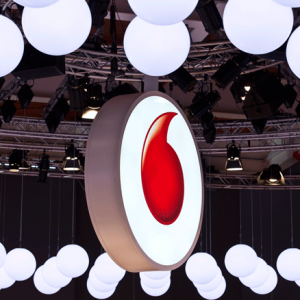Vodafone Spain teams with Huawei for major DOCSIS 3.1, DCCAP rollout
 Vodafone Spain is to deploy DOCSIS 3.1 technology to provide symmetrical high-speed 1Gbps broadband services over its HFC cable network, and will simultaneously deploy additional fibre, using an integrated platform for cable and FTTH.
Vodafone Spain is to deploy DOCSIS 3.1 technology to provide symmetrical high-speed 1Gbps broadband services over its HFC cable network, and will simultaneously deploy additional fibre, using an integrated platform for cable and FTTH.
Vodafone has teamed up with Chinese equipment giant Huawei to upgrade its network to the new technology. Vodafone said its plans go well beyond the deployment of DOCSIS 3.1, including a significant extension of fibre to bring higher speed services to individual customers.
Vodafone said the investment would not only allow it to offer higher speed data services but to launch new channels on its Vodafone TV service, including 4K UHD TV services.
According to the company, the deployment of new fibre will enable it to provide a choice of HFC or fibre-to-the-home to new housing developments.
Huawei announced in February last year that it had carried out the first tests of DOCSIS 3.1 in Spain and unveiled its distributed CCAP (DCCAP) technology, designed to enable FTTH and cable technology to coexist on the same platform by distributing more functionality to the network edge. In essence, optical line terminals (OLTs) are deployed in the headend and CCAP cable equipment is deployed within optical nodes closer to the edge of the network. Fibres can be reused through the use of digital fibres and DOCSIS-compatible coaxial media converters are deployed without adding optical transmitters and receivers.
According to Huawei, this technology can reduce headend space suage by 70% power consumption by 50% and fibre resource usage by 80%.
Vodafone said it had already started upgrading its network in Spain’s main cities and would extend the work across its entire network over the next 24 months.
Vodafone’s HFC cable network – the former Ono network – covers about 7.7 million homes and businesses. Vodafone has also deployed its own fixed network and has a deal in place with Orange to share the costs of deploying FTTH.
According to Spanish newspaper Expansión, citing unnamed sources, the project is likely to cost about €100 million.



